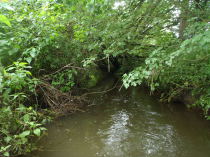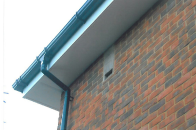Otter and Water Vole Survey
Introduction
Why are otter and water vole surveys needed?
Otters and water vole are fully protected by the Wildlife & Countryside Act 1981 (as amended). Otters are protected also under the Conservation of Habitats and Species Regulations 2017 (‘Habitat Regulations’). In summary, the legislation combined makes it an offence to:
-
Damage or destroy a breeding site or resting place or intentionally or recklessly obstruct access to a structure or place used for shelter by an otter or water vole;
-
Deliberately, intentionally or recklessly disturb otters or water vole; in particular any disturbance which is likely to impair the ability of otters to survive, breed or reproduce or nurture their young; or to affect significantly the local distribution or abundance of the species;
-
Deliberately kill, injure or take any otter or water vole.
If a development has the potential to impact directly or indirectly on the river and holt(s) in the riverbanks, an otter survey will be required to determine their presence and absence and then determine a mitigation strategy.
What does a survey entail?
Surveys for otter and water voles comprise inspections of river banks looking for evidence of the presence of either species such as droppings (spraints with regard to otters), feeding remains and feeding stations, tracks and burrows or holts. Surveys for otter can be carried out throughout the year but evidence may be most readily visible during the spring. Water vole surveys should be carried out between April and October when water voles are active above ground.






